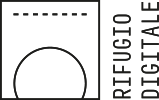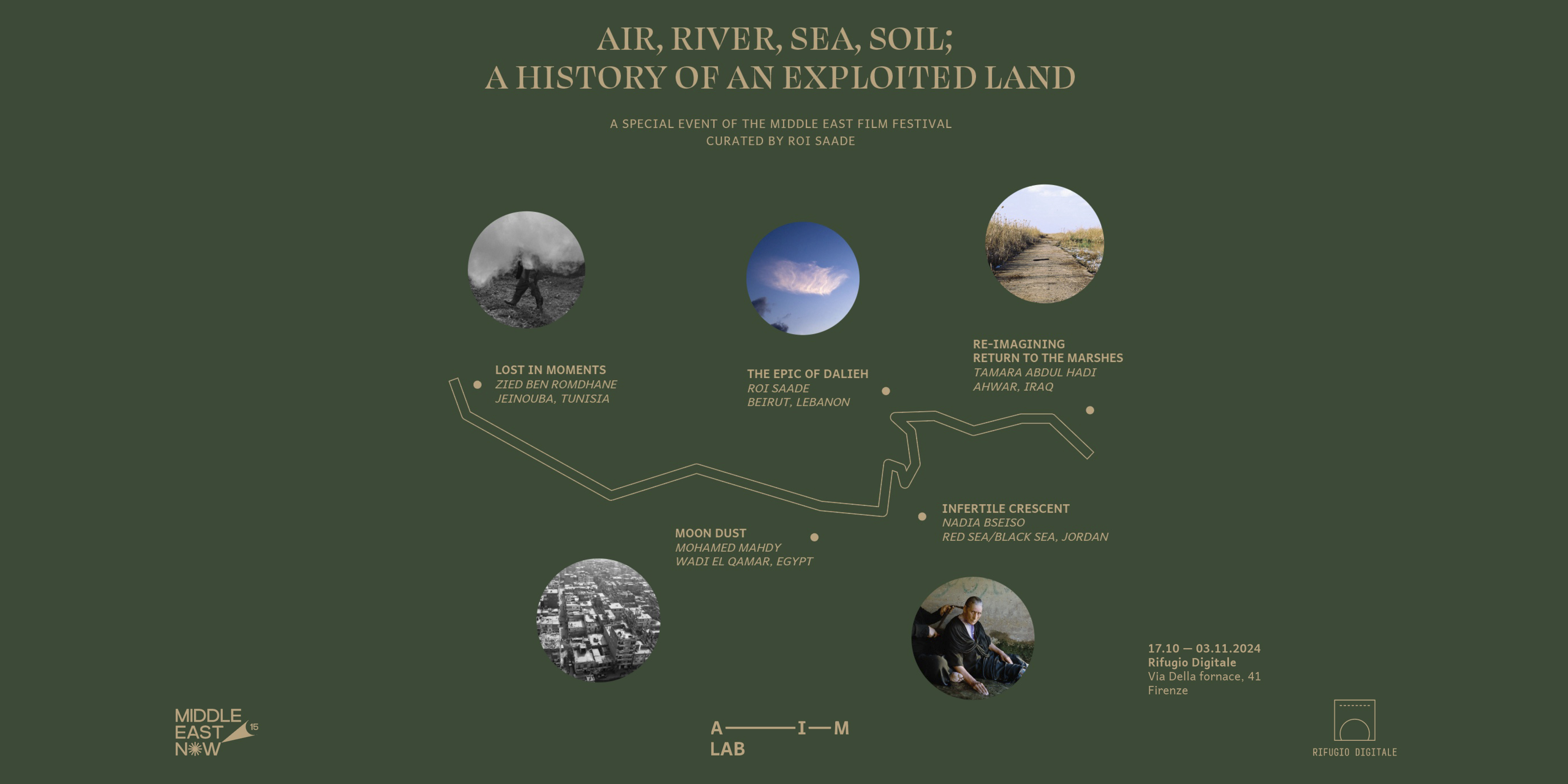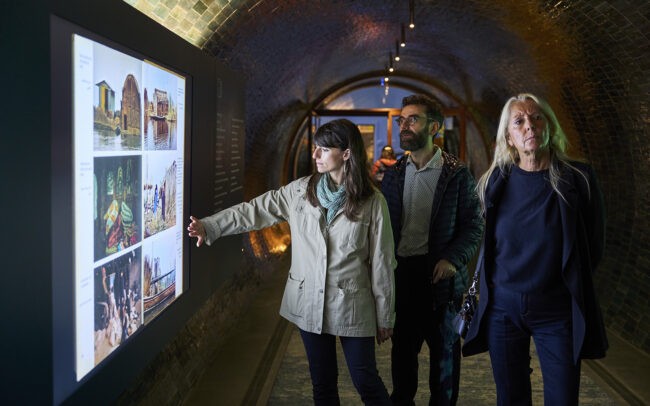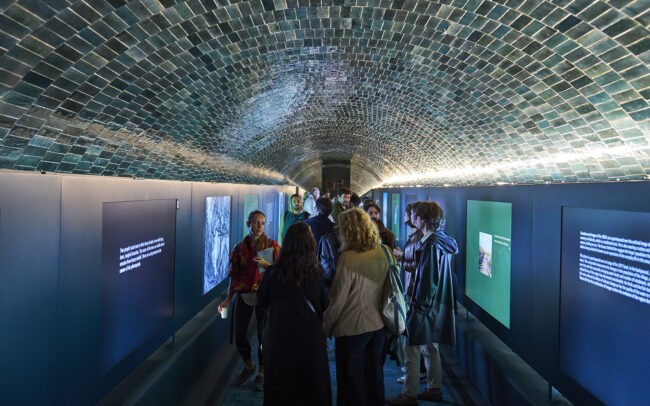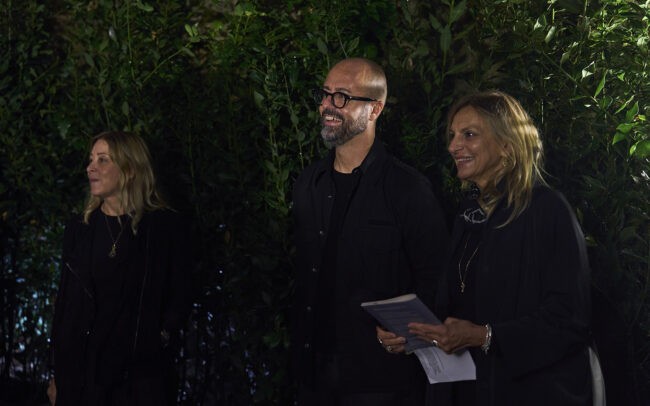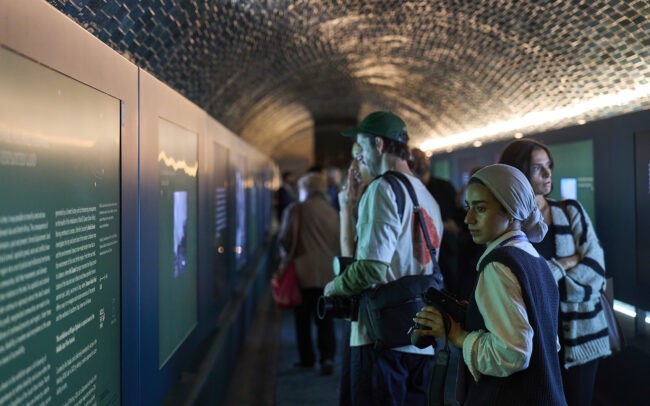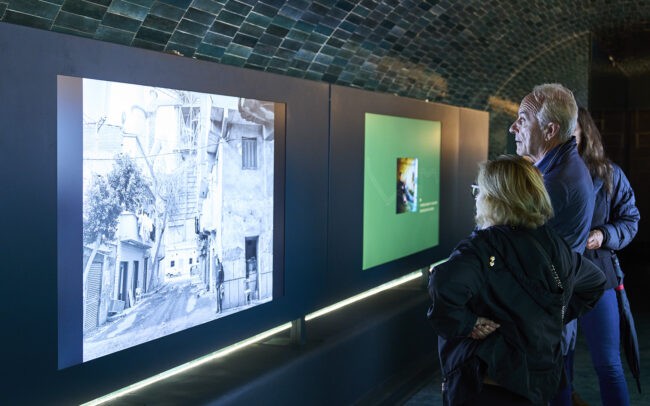AIR, RIVER, SEA, SOIL. A History of an Exploited Land
Zied Ben Romdhane – Mohamed Mahdy – Nadia Bseiso – Roï Saade – Tamara Abdul Hadi
OPENING: Oct. 17, 2024, 6:30 pm at Rifugio Digitale
Special project of Middle East Now Festival
Oct. 17-Nov. 3 (extended until Sunday Nov. 10) | Wed.-Sun. 11 a.m.-7 p.m.
From October 17 to November 3, 2024 (extended until Sunday 10 November), Rifugio Digitale presents AIR, RIVER, SEA, SOIL. A History of an Exploited Land, a special project of the Middle East Now Festival. The exhibition, curated by Roï Saade, was developed collectively by the Access in the Making (AIM) Lab in 2022. AIM Lab is an anti-colonial, anti-ableist and feminist research lab that explores issues such as accessibility, disability, environment and care through creative experimentation, taking an innovative approach to accessibility in the arts.
The event is organized in collaboration with Forma Edizioni
Artisti in mostra
Zied Ben Romdhane
with the project Lost in Moments
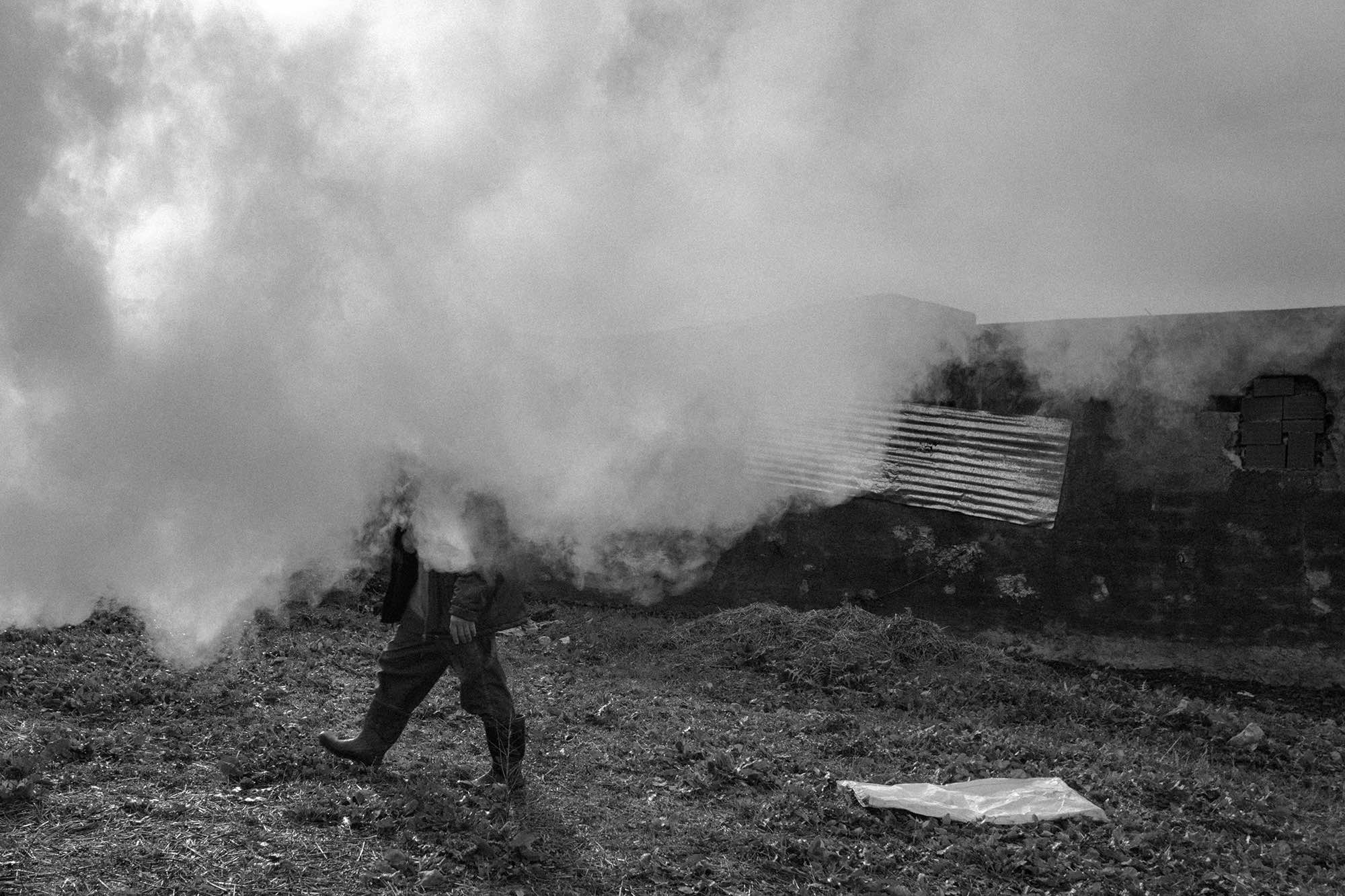
The series of photographs taken by Zied Ben Romdhane is shot in Jendouba, a region in northwest Tunisia that is considered the country’s main waterway and has several large dams. The villages near the city (Oumm el bichna, Wled thifallah, El grafa, Sloul) are small, scattered groups of a hundred or so people who struggle to gain access to clean water and rely on small mountain streams and wells usually infected with hepatitis A.
These people travel twice a week during the winter to get water, and the trip takes about an hour and a half.
Despite the short distance between the national dams and these small villages, there are no water pipes; the government company has developed a plan to connect these regions with drinking water but the project has been on hold for years.
Photo of the project Lost in Moments by Zied Ben Romdhane
Mohamed Mahdy
with the project Moon Dast
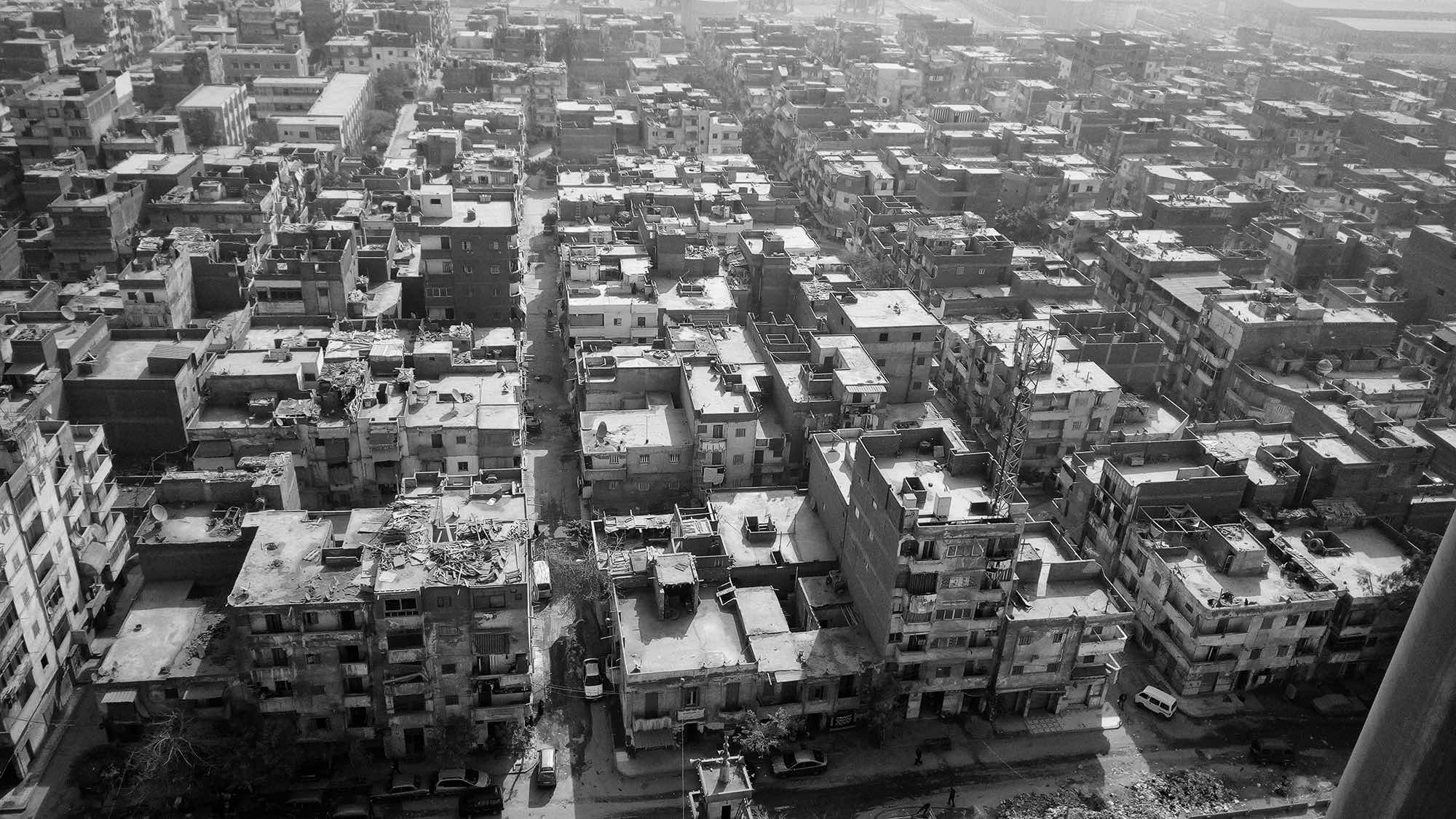
The Wadi El Qamar (Valley of the Moon) area is a residential area located in western Alexandria, Egypt, next to the Portland Cement Factory in Alexandria.
This area was discovered about 70 years ago and is inhabited today by nearly sixty thousand people, with historical documents attesting that the area was founded before the factory, since King Farouk was the tenth ruler of Egypt.
The number of people living in this area who have been infected by dust from the cement factories is nearly 30. 000 inhabitants, or about 50 percent of the population.
The problem is that the cement factories still work with coal and waste, and the factory is only 10 kilometers away from the residential area, affecting the global climate change and air pollution rate in Egypt, which is one of the first and largest countries in terms of pollutant rate
Photo of the project Moon Dast by Mohamed Mahdy
Nadia Bseiso
with the project Infertile Crescent
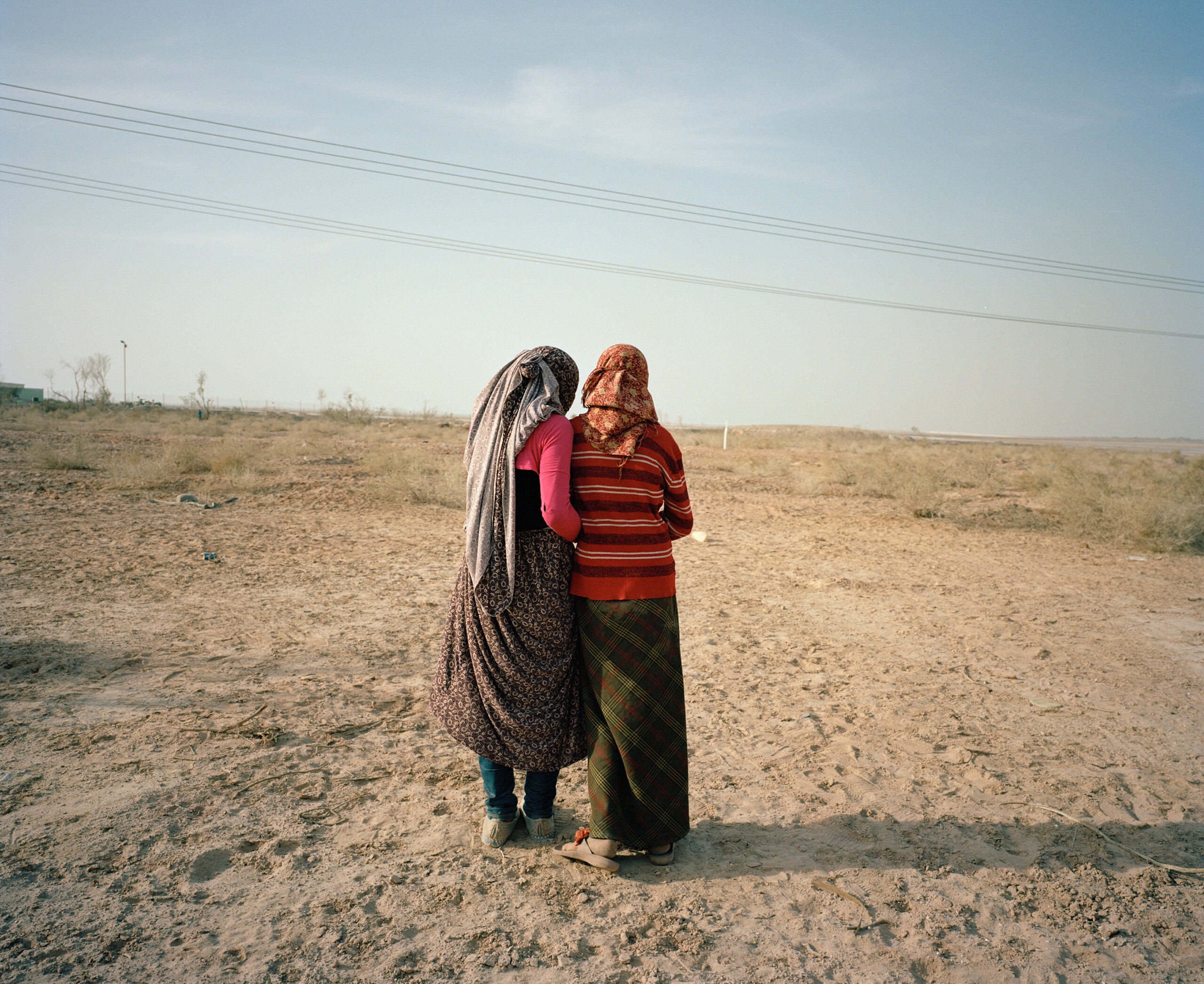
Infertile Crescent is an attempt to visualize what happened to the “Fertile land”, which once stood as the cradle of civilization, the paradise of biodiversity with its marshlands and rivers that shaped the progress of humanity.
Today the crescent is anything but fertile. In the early 19th century it witnessed crucial geopolitical changes that made up this land transformed the region for a century to come. It escaped the hands of the Ottoman Empire, only to fall to British-French colonialism. Regaining its independence years later, it was rebuilt, mapped out and divided into small states that currently make up the new contemporary Middle East.
There was a time when man had a maternal relationship with Mother Nature. When the sun burned his land, man cried for Nature to spare some rain. Women who could not have children would punish their bodies by soaking them in hot springs as they asked Nature for forgiveness. Mother Nature listened to their tears and granted them rain and children.
The artist explores the 180-kilometer route of the future Red Sea-Dead Sea aqueduct, a joint project between Jordan, Israel and Palestine to provide much-needed water, and delves into the intricacies of Jordanian geopolitics across its northern border, where fertility traces are traced in its rich mountains.
Infertile Crescent seeks to provide an answer to what has happened in man’s relationship with the land in this once thriving region.
Photo of the project Infertile Crescent by Nadia Bseiso
Roï Saade
with the project The Epic of Dalieh
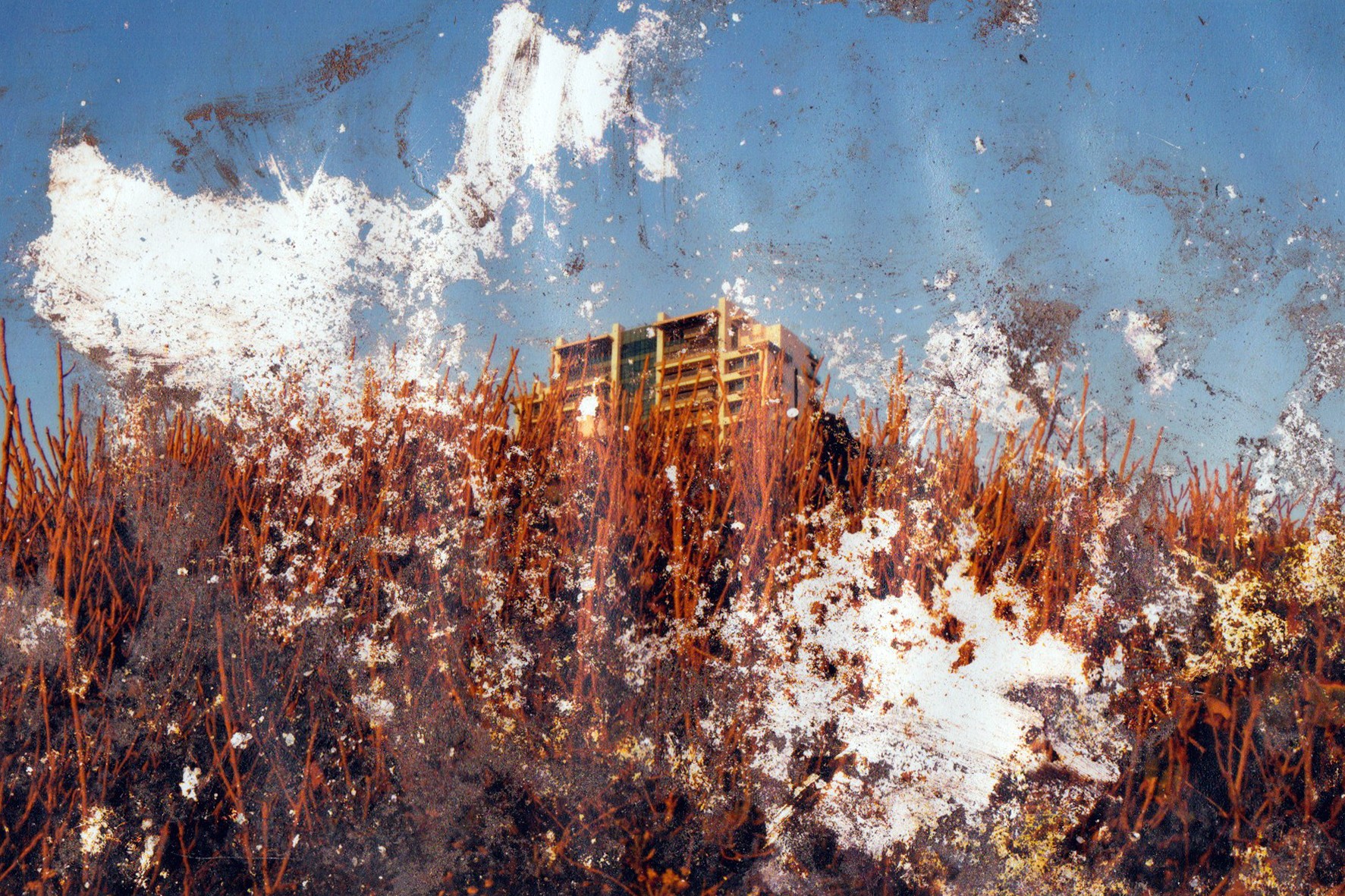
In Beirut, Dalieh is the city’s last natural outcropping and a shared space where the public can freely access the shoreline for recreational purposes. But today, this last informal space is on the verge of disappearing as the land has been ceded to large developers with plans to build a private resort.
In his research, the artist found parallels in the epic “Dionysiaca,” written by Nonnos of Panopolis in the fifth century AD. Beroë, the nymph-goddess representing the city of Beirut in Phoenicia (present-day Lebanon), was courted by two gods, Dionysus and Poseidon, becoming the object of a furious struggle between them. In their struggle, both gods unleash their wrath, regardless of the damage and destruction they inflict on nature, and this becomes a metaphor that shapes the artist’s story about Dalieh and the people who use it, while also examining the relationship and conflict with nature.
Mythology becomes the narrative thread through which the artist addresses and speaks about one of the last remaining public spaces in Beirut. This project led to a series of photographic experiments with salt water and earth, and an open conversation with nature.
Photo of the project The Epic of Dalieh by Roï Saade
Tamara Abdul
with the project Re-Imagining Return to the Marshes
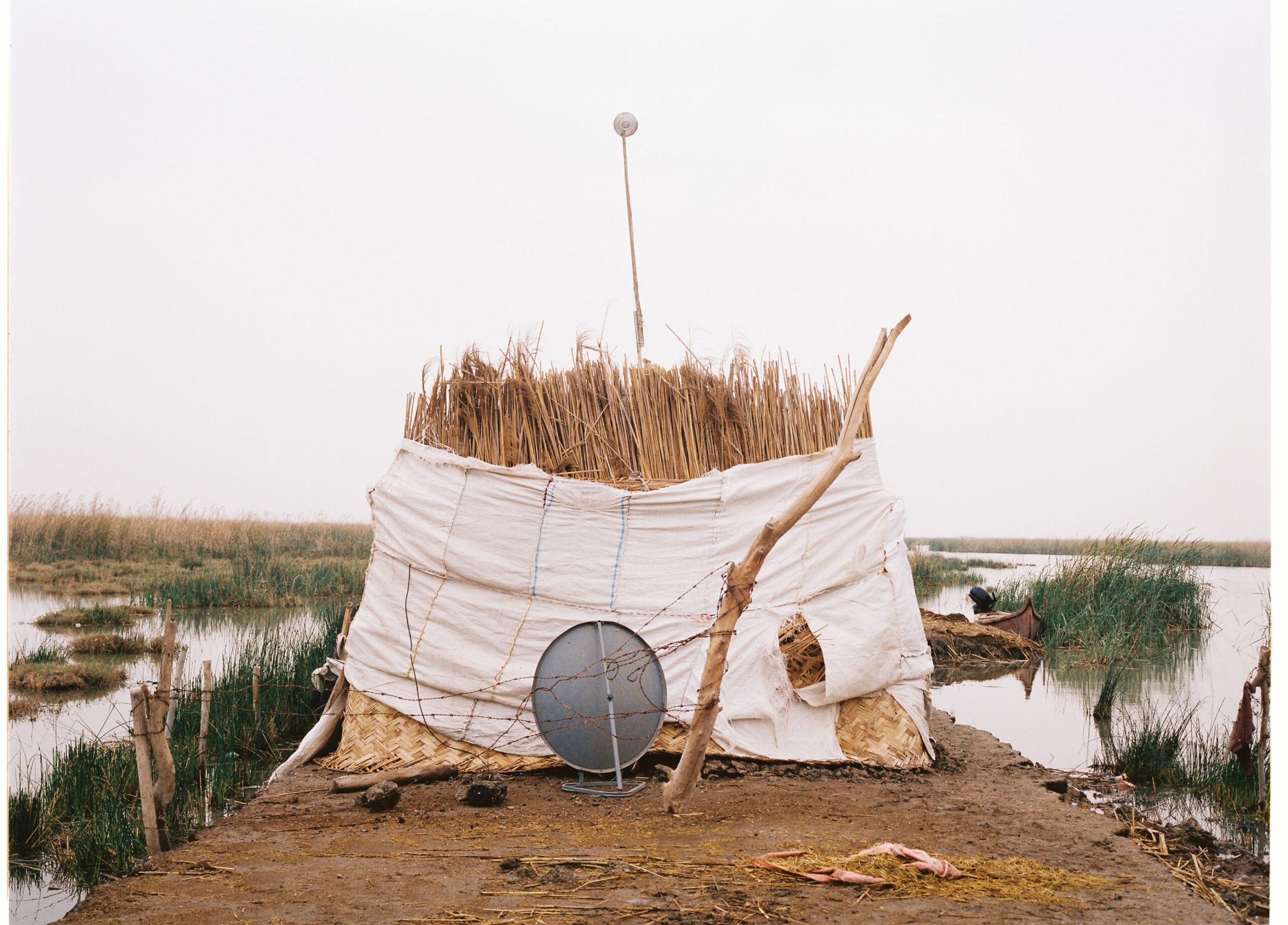
Between the Tigris and Euphrates rivers, in what was once the center of Mesopotamia, lies a wetland known as Al-Ahwar in southern Iraq. It was in this place that, between the fourth and third millennia B.C.E., the Sumerians built their houses from the native reeds of the marshes, an ancient architectural practice still followed today. Under the constant threat of drought, the swamps represent the livelihood of thousands of families who currently live there, raising buffalo, fishing, and collecting and selling reeds as a way of life.
With this work, Re-Imagining Return to the Marshes, the artist offers a critical response to the book Return to the Marshes, by Young and Wheeler (published in 1977).
She intervenes, intrudes, and interrupts their pages with her photographic documentation of Iraqi marshes and archival images from Iraqis in Iraq and the diaspora. This work presents her images and archival images from other Iraqis as a way to further reimagine and reclaim the narratives of these marshes.
Photo of the project Re-Imagining Return to the Marshes by Tamara Abdul Hadi
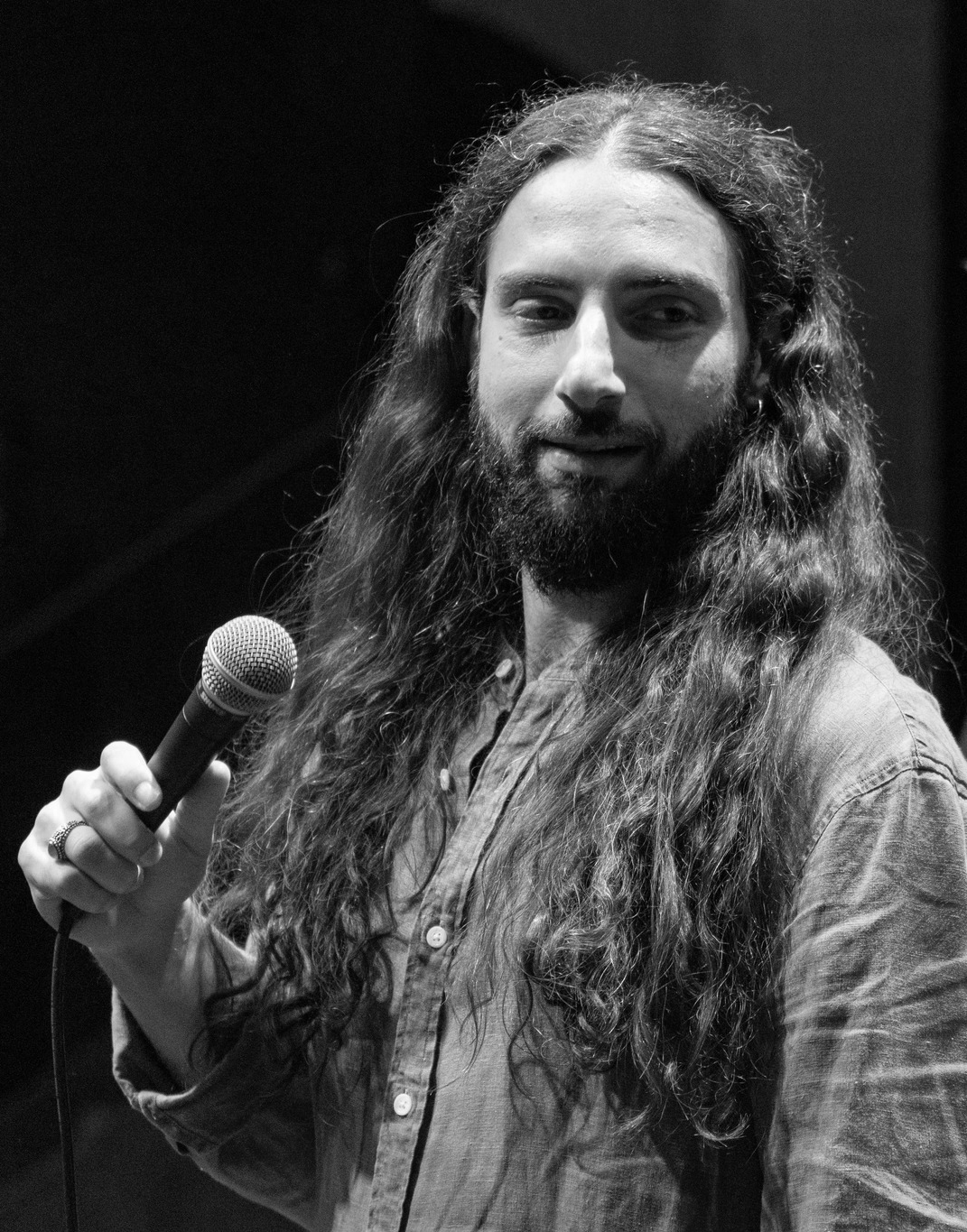
In photo: Roï Saade
Roï Saade
Curator of the exhibition AIR, RIVER, SEA, SOIL. A History of an Exploited Land, at Rifugio Digitale, and an interdisciplinary artist interested in the intersection of graphic design, photography and visual arts.
His process-based practice is grounded in a close collaboration between artist, designer and curator. His approach is enriched by careful visual research and creative exchange. Roï is interested in finding and creating ways to resist systems of domination and inequality. As a photographer, his work seeks to investigate individual and collective identity and experience through the documentation of social and personal encounters. He often collaborates with Tamara Abdul Hadi, his life and vision partner.
His virtual studio deals with projects such as branding, cultural and artistic projects, and publications. Roï has designed and curated exhibitions, corporate identities, magazines and specialized in book design, where he combines his passion for photography and design.
Roï holds an MFA in Graphic Design from USEK University in Lebanon. He is currently a Research Associate at the Access in the Making research lab at Concordia University in Montreal.
Programm
Oct. 17 6:30 p.m.: opening of the exhibition in the presence of the artists and curator Roï Saade nature.
Oct. 17-Nov. 3, 2024 (extended until Sunday Nov. 10), Wed.-Sun. 11 a.m.-7 p.m.: tours of the exhibition
free entrance; reservation required for guided tours
Useful Materials
Gallery
Press
Discover Middle East Now Festival
Learn about our reality and that of our partners
Rifugio Digitale is an exhibition space inside an anti-aircraft tunnel that aims to be a place dedicated to the promotion of digital art, where architecture, design, photography, cinema, literature and all the other multiple artistic and expressive forms also find their own dimension by dialoguing with each other. The cultural proposals and events that we welcome in our space are the result of a great work of collaboration and research between subjects and realities of the territory with which we share perspectives and objectives.

